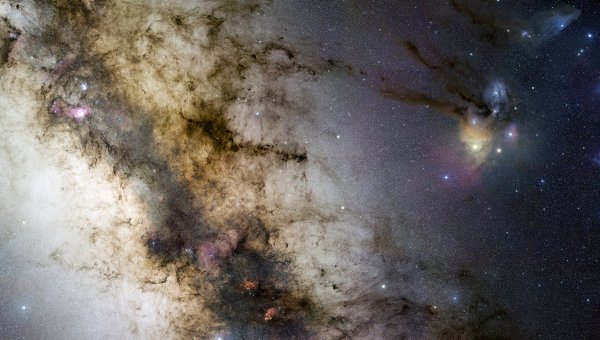
At least 17 billion Earth-size planets may
inhabit the Milky Way galaxy, SPACE.com reported citing a new study by US
astronomers.
 A US research team has conducted an analysis
of data collected by NASA's Kepler Space Telescope, and “determined that about
17 percent of stars in our galaxy harbor a roughly Earth-size exoplanet in a
close orbit.”
A US research team has conducted an analysis
of data collected by NASA's Kepler Space Telescope, and “determined that about
17 percent of stars in our galaxy harbor a roughly Earth-size exoplanet in a
close orbit.”
That translates to a minimum of 17 billion
planets as there are about 100 billion stars in the Milky Way.
“These kind of rocky objects are
everywhere," SPACE.com cited team member Francois Fressin, of the
Harvard-Smithsonian Center for Astrophysics, as saying during the presentation
of the study to a meeting of the American Astronomical Society on Monday.
The study, based on a simulation of Kepler
telescope’s work, has been accepted for publication in The Astrophysical
Journal.
Launched on March 6, 2009, NASA’s Kepler
mission simultaneously observes more than 156,000 stars and detects planets by
looking for tiny dips in the brightness of a star when a planet crosses in
front of it.
NASA reported on Monday that the number of
candidates discovered in the Kepler data has increased by 20 percent since the
last Kepler catalogue was released in February 2012 and now totals 2,740
potential planets orbiting 2,036 stars.
Over a hundred of candidates have been
confirmed as planets so far, NASA said.
If Earth-like planets are found to exist
everywhere, the next phase will start with scientists looking for traces of
oxygen and water vapor in their atmospheres. This is the aim of the next NASA
project, which will make regular spectral analysis of the atmospheres of
Earth-type exoplanets.

 Previous page
Previous page Back to top
Back to top







